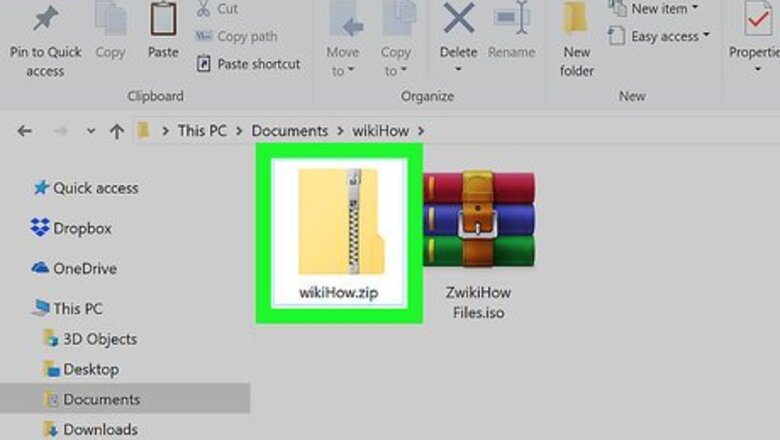
views
- To unzip on Windows, double-click the file, select "Extract All," select a folder, and then click "Extract."
- On a Mac, simply double-click the file to unzip it.
- If you're using the Linux command line, use unzip filename.zip to unzip the file.
Windows
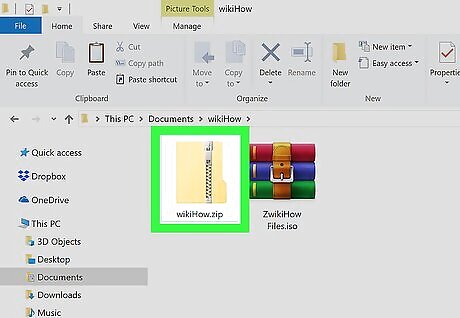
Double-click the ZIP file. This displays the contents in a File Explorer window.
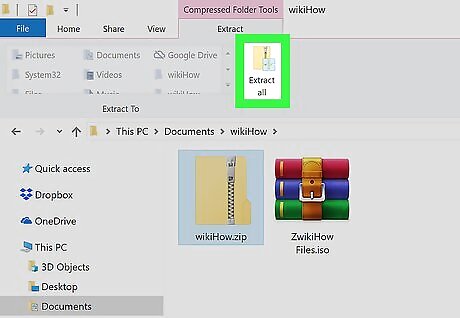
Click Extract all. It's the icon that looks like a folder with a zipper and four blue squares near the top of the window.
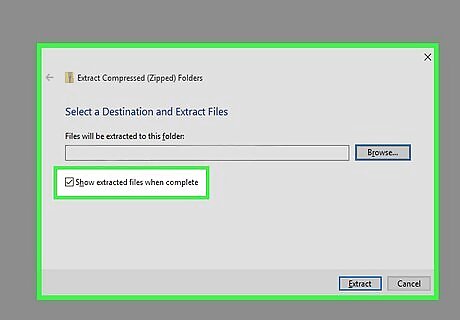
Check the box next to "Show extracted files when complete." It's at the bottom-left corner of the window. This makes it so you'll be taken to the unzipped files as soon as they are unzipped.

Select a folder to unzip to. If you want to place the unzipped files in a location other than the current folder in which the ZIP folder is stored, do the following: Click Browse... on the right side of the window. Click the name of the folder in which you want to store the unzipped folder. Click Select Folder.

Click Extract. It's at the bottom of the window. Your ZIP file's contents will extract to an unzipped folder in the selected location. Now you can work with the files inside the folder.
Mac
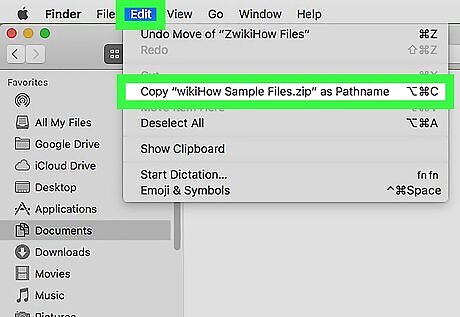
Copy the ZIP folder to a different location (optional). When you unzip a file, the contents will be extracted to the same folder as the ZIP file. If you want to extract the contents somewhere else, you can move ZIP file before unzipping. Here's how: Click once the ZIP folder to select it. Click Edit in the upper-left side of the screen. Click Copy in the drop-down menu. Go to the folder in which you want to store the ZIP folder. Click Edit again, then click Paste.
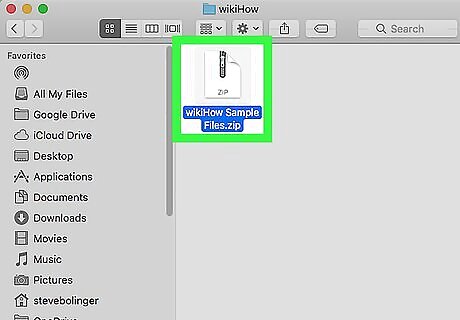
Double-click the ZIP folder. The contents of the ZIP will now extract to a new folder in the current folder. When the files are finished extracting, the folder containing your files will appear.
Linux
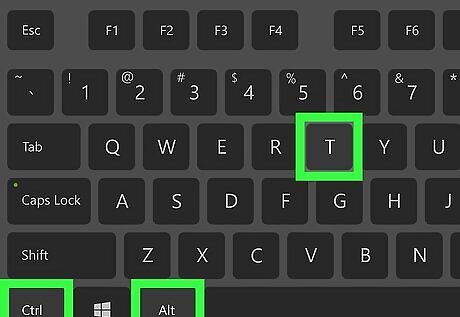
Open a terminal window. Click the Terminal app icon on your desktop or press Ctrl + Alt + T to open one now.
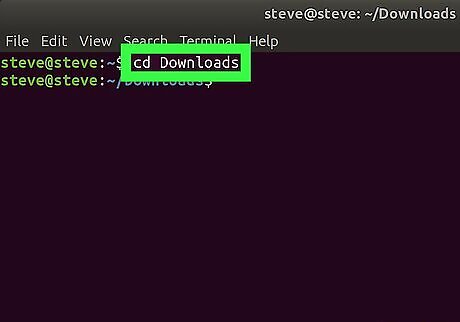
Switch to the ZIP file directory. Type cd and a space, type the path to the folder in which the ZIP is located, and press Enter. For example, if the ZIP file is in the "Downloads" directory, you would enter cd Downloads into Terminal. If the ZIP file is in a folder called "ZIP" inside the "Downloads" folder, you would need to enter cd /home/name/Downloads/ZIP (where name is your username) instead.
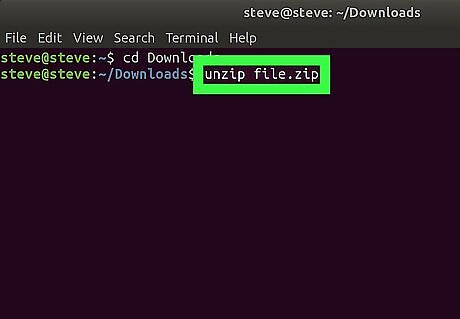
Enter the "unzip" command. Type in unzip file.zip where file is the folder's name, then press Enter to run it. This extracts the files to the current directory. If the file's name has spaces in it, you'll place quotation marks on either side of "file.zip" (e.g., unzip "this is a zipped folder.zip"). The Linux unzip command doesn't create a new folder for the unzipped files.
iPhone/iPad
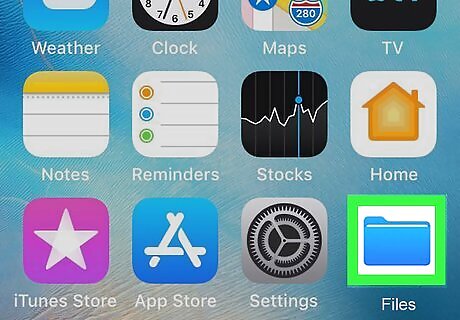
Open the Files app. It's the blue icon labeled "Files" in your app list. You can also find it by swiping right across the home screen until you reach the "App Library" screen and tapping the Productivity & Finance folder.
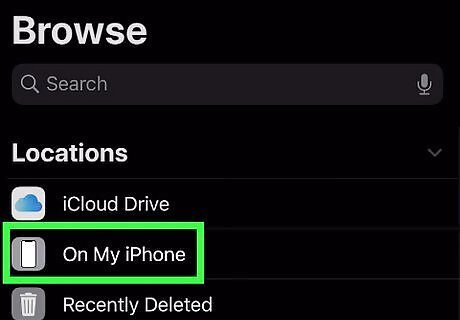
Go to the location of the ZIP file. If the file is on your iPhone, for example, tap On My iPhone. And if it's saved in a certain folder, tap that folder to open it now.
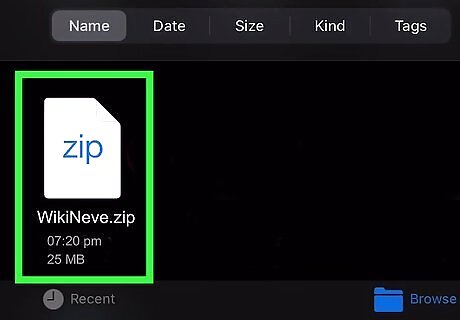
Tap the ZIP file. This instantly creates a folder containing the contents of the ZIP file. You can rename this folder if you'd like. Tap and hold the folder and select Rename to do so.
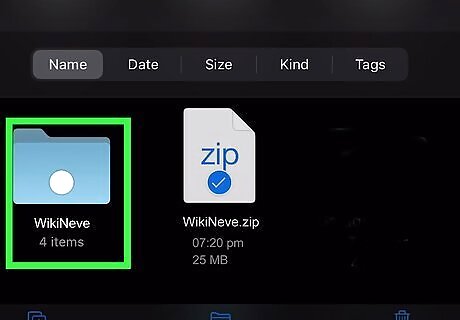
Tap the folder to open it. This displays the contents of the ZIP file.
Android

Install the Files by Google app on your Android. If you already have the "Files" app in your app drawer, you can open it now. However, some Androids come with different "Files" apps, and they may not be able to unzip files. Here's how to install Google's official Files app: Open the Play Store. Type files by google into the search bar. Tap Files by Google in the search results. Tap Install to download the app. If you already have the app, you won't see this option—you'll see Open instead.

Open Files by Google. It's the blue folder icon with a turned-down corner that's several different colors.
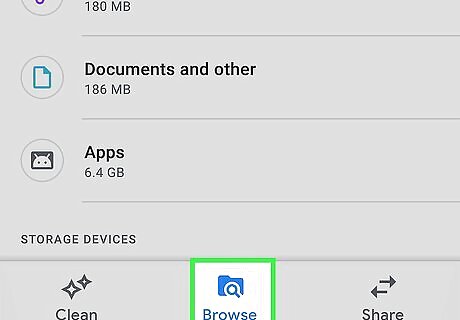
Tap Browse. It's the folder icon with a magnifying glass.

Go to the folder that contains your ZIP file. For example, if it's in your Downloads folder, select that folder.
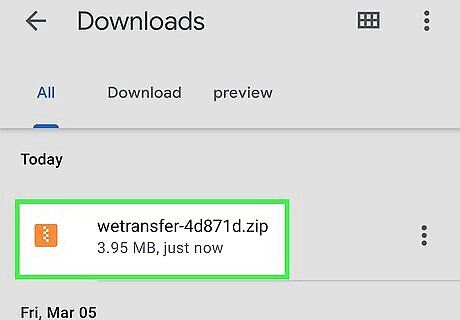
Tap the ZIP file. A pop-up will appear, showing you what's inside the file.

Tap Extract. This extracts the files from the compressed ZIP file and displays a preview. If you want to delete the ZIP file after decompressing the file, check the box next to "Delete ZIP file" now.

Tap Done. The contents of the ZIP file are now extracted to the current folder.




















Comments
0 comment